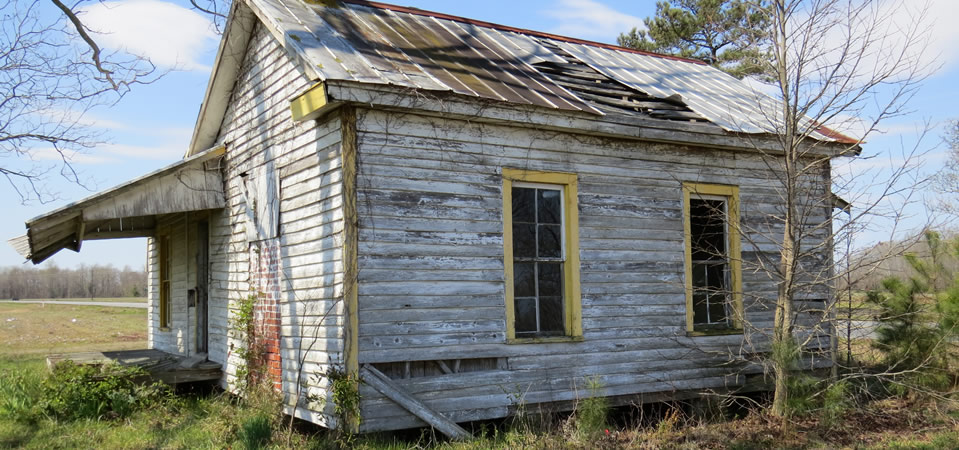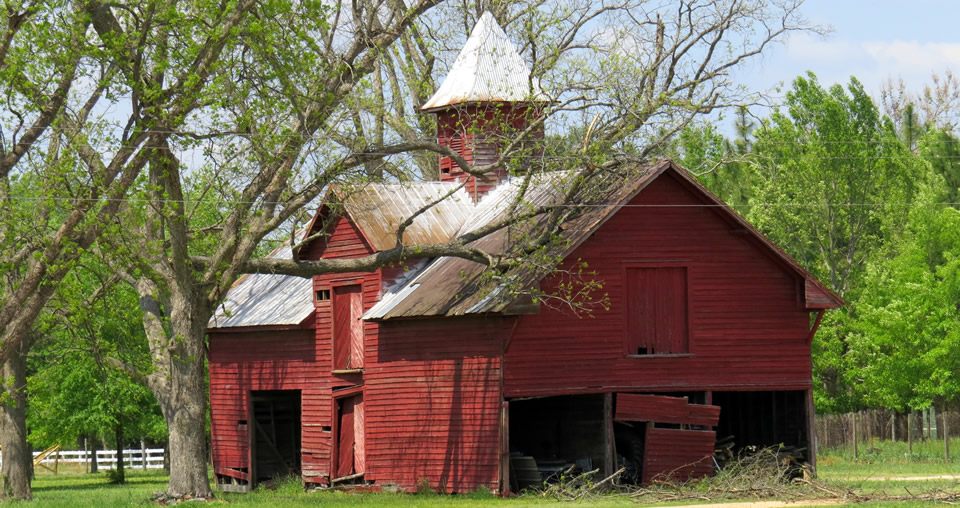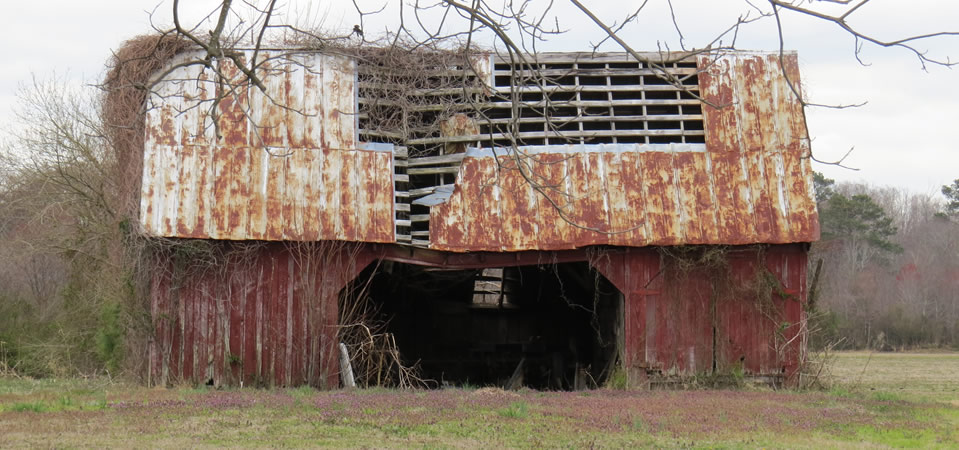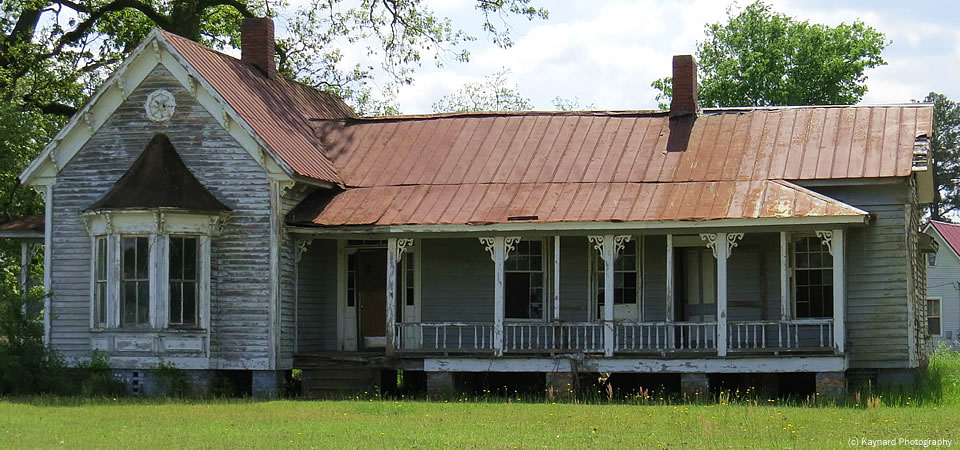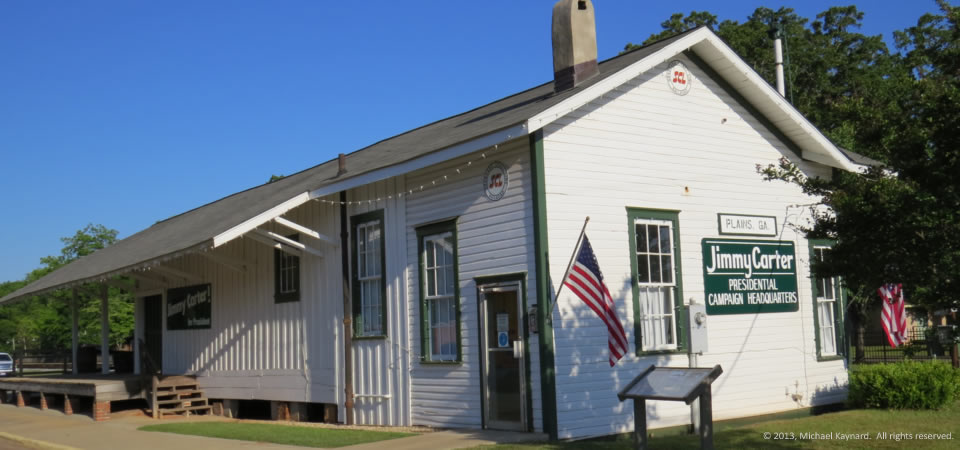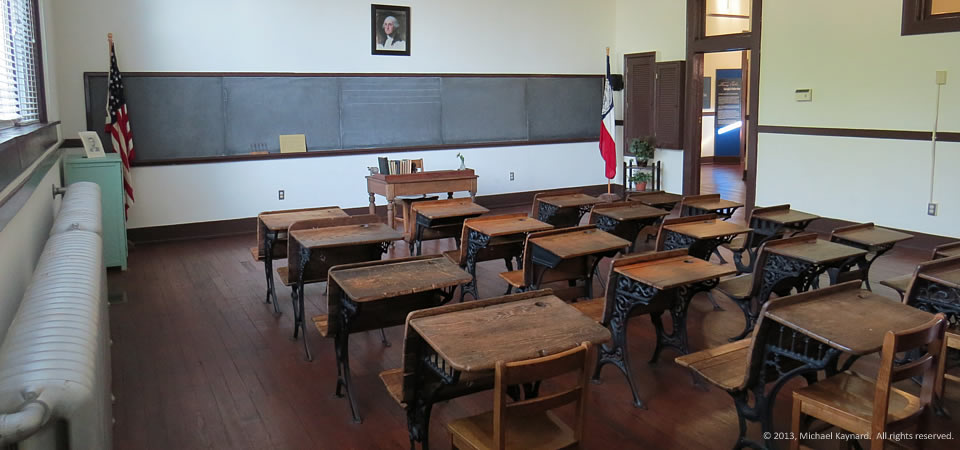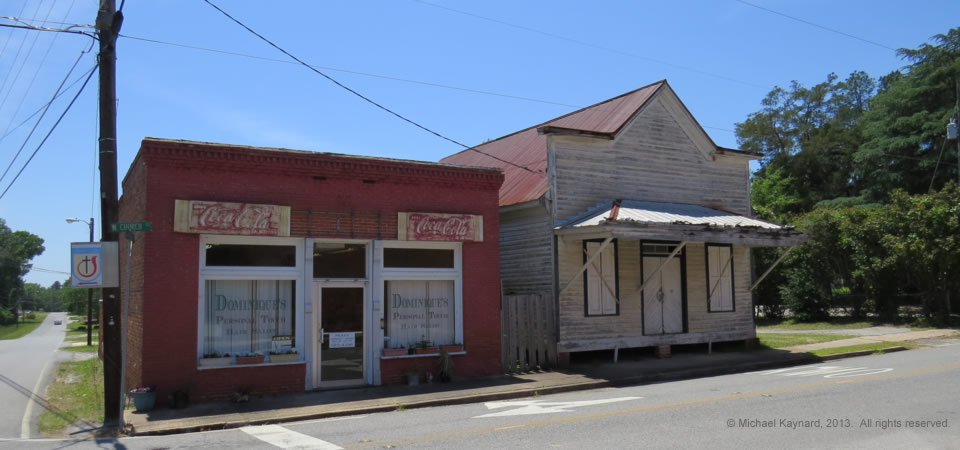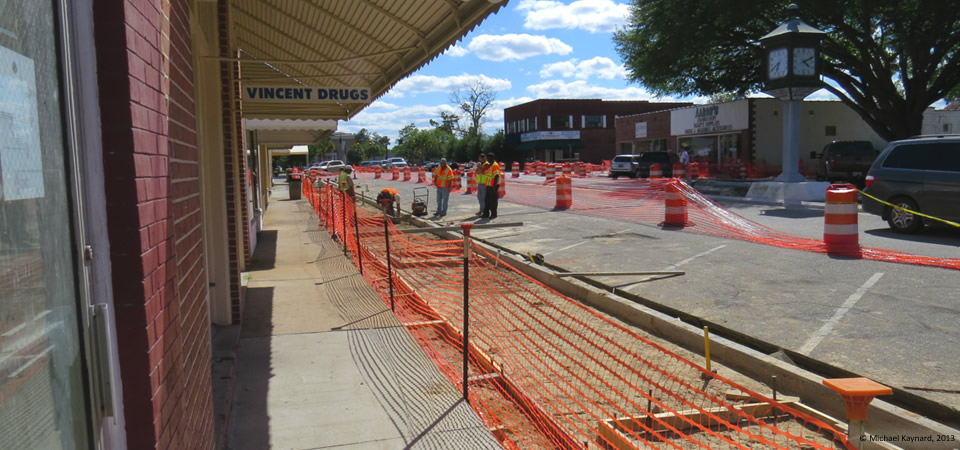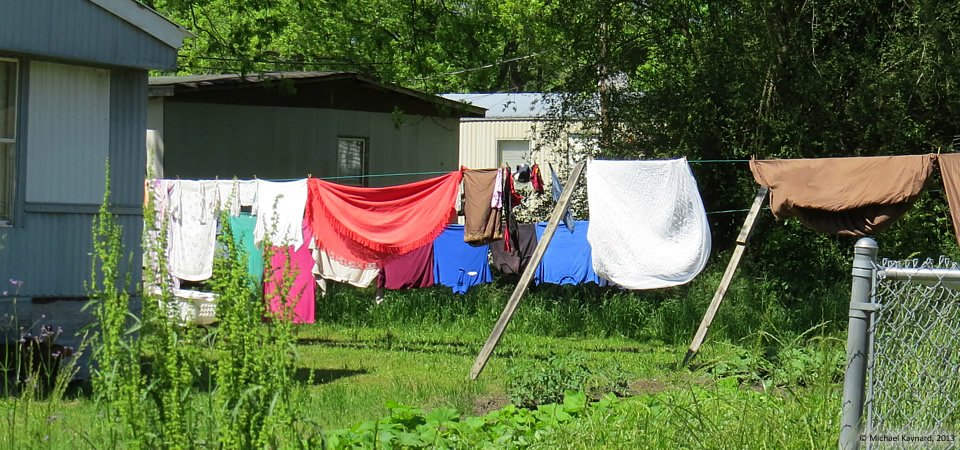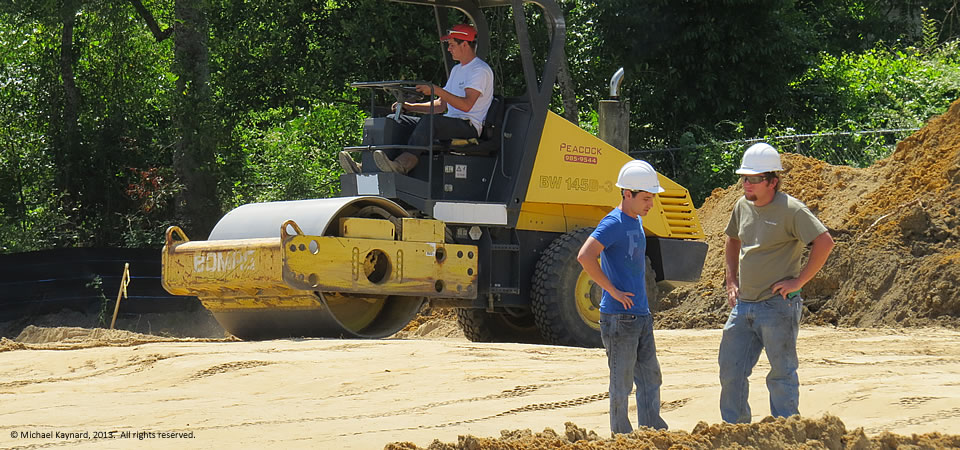The yellow trim around windows of this abandoned, bleached farm cottage near Enfield, N.C., caught the attention of photographer Michael Kaynard as he was heading south on U.S. Highway 301 in late March, 2013.
“From what we could see through the windows, it had once been a fairly decent dwelling, although small by today’s standards. Nearby was a trailer that appeared to be the replacement home,” he observed. “When I see small houses sitting next to plowed fields, I wonder how people could raise an entire family in what is not much larger than our den. Now we have to live in homes that are 2,500 sq. ft. or larger or we feel we are in cramped quarters.”
- More photos by Kaynard are at: Kaynard Photography.
- First published May 1, 2013. All rights reserved.


